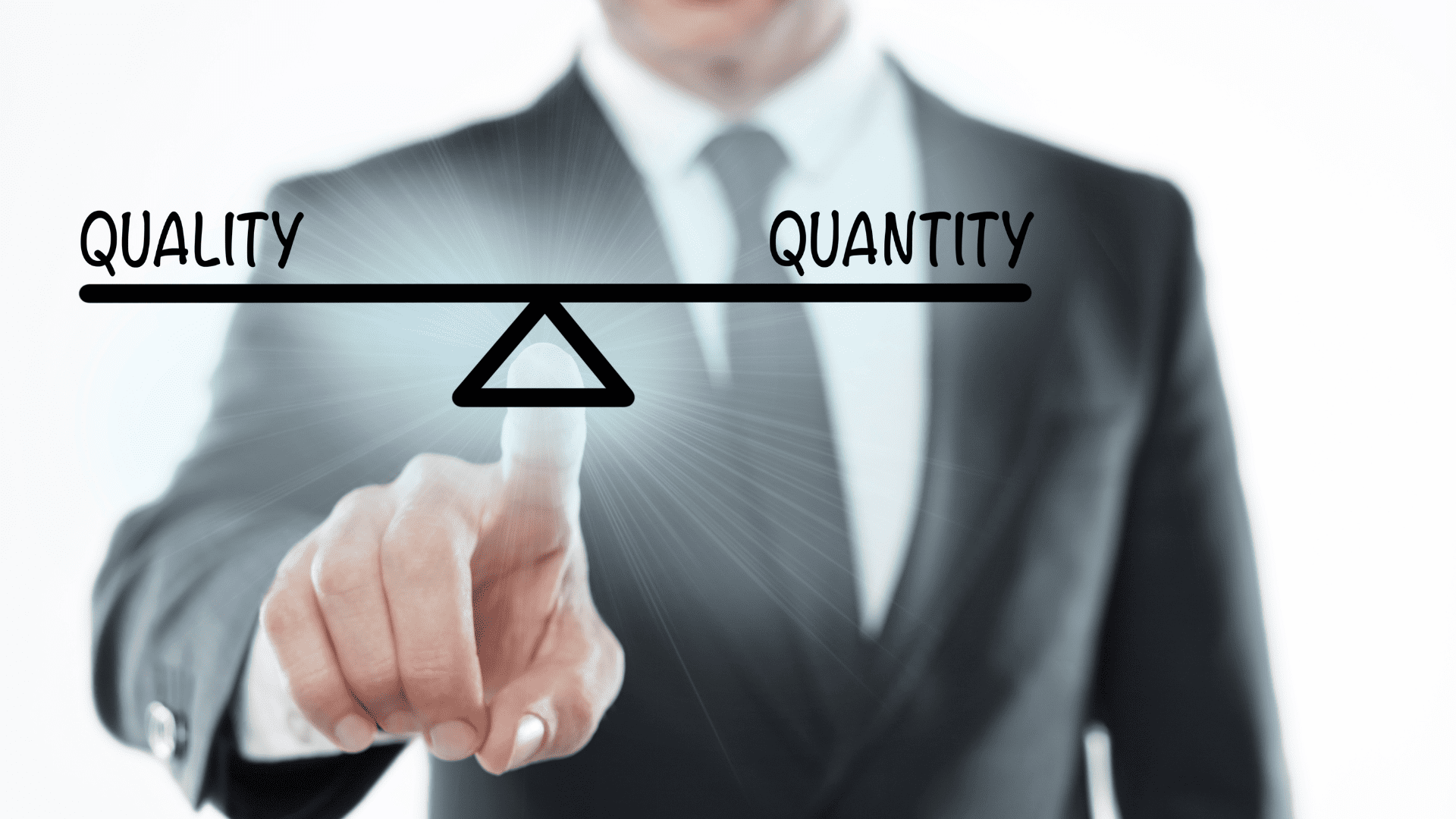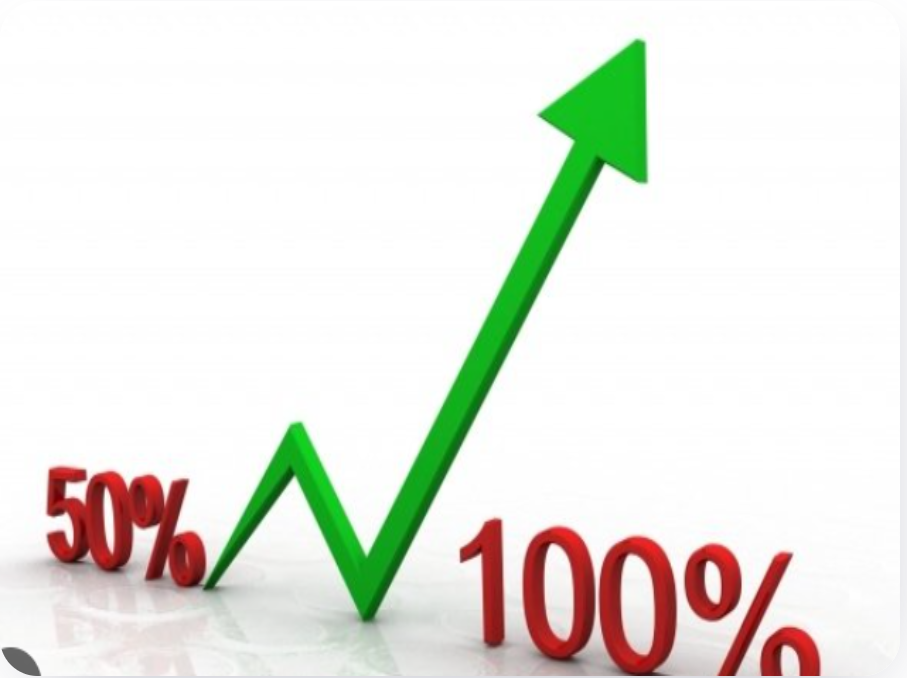Introduction
In the ever-evolving world of marketing, the pressure to increase pipeline and deliver results with limited budgets is a challenge most marketers face. As marketing professionals, you are likely familiar with the constant push to do more with less. In this article, we’ll explore six actionable ways to enhance your pipeline and boost your bottom line without exceeding your budget.
Section 1: Three Obvious Levers to Increase Your Pipeline
In times when budgets are tight, you need to make every marketing dollar count. Here are three straightforward strategies to enhance your pipeline:
1. Prioritize Quality Over Quantity
In the anxiety to meet pipeline targets, it’s easy to fall into the trap of pushing out as much content and campaigns as possible. However, when resources are limited, it’s essential to focus on quality over quantity.
Rather than pausing all your marketing experiments, consider evaluating and pausing campaigns that haven’t yielded significant results despite substantial time and budget investments. A vital question to ask is, “Is this campaign, keyword, or audience delivering value?”

Focus on campaigns, keywords, or audiences that have failed to generate conversions or drive business value. By eliminating underperforming initiatives, you can concentrate your resources where they matter most. This strategic pruning ensures that your efforts are channeled into activities with a higher likelihood of success.
2. Revisit and Segment Your Lists
Efficient list management is crucial. In your marketing arsenal, you likely have multiple lists, ranging from existing customers to current Marketing Qualified Leads (MQLs) and Sales Qualified Leads (SQLs). The temptation to serve ads to everyone can be powerful, leading to budget wastage.
Take the time to revisit and segment your lists meticulously to avoid wasting budgets on redundant targeting. In some cases, you might be serving ads to existing customers who have already converted or prospects who are on the verge of converting. Such overlap is a drain on your resources.
3. Optimize for Your Primary Goals
If you run paid campaigns, it’s easy to be lured by the siren call of vanity metrics. Ad platforms often encourage marketers to target broadly and optimize for metrics like clicks and website visits. While these metrics might look appealing on the surface, they may not necessarily translate into bottom-line results.
As budgets tighten, it’s essential to scrutinize the alignment between your campaign optimization and your business objectives. To maximize the value of your marketing dollars, focus on conversions that are closely linked to your bottom line. Identify metrics that directly contribute to your revenue goals.
While it’s important to note that campaigns optimized for clicks or reach may have a role to play, it’s equally important to recognize that the immediate impact on the pipeline might be less pronounced. Be prepared for a more extended conversion cycle, particularly when budget constraints are in place.
Section 2: Three Not-So-Obvious Levers for Pipeline Enhancement
In addition to the more obvious tactics, there are some less conventional yet powerful strategies to drive your pipeline:
1. Avoid Pipeline Bloating
While this article focuses on enhancing your pipeline, it’s equally important to ensure that there are no blockages or inefficiencies within the pipeline. The goal is not just to fill the pipeline but to facilitate a smooth and efficient progression through it.
A common reason why prospects might not advance in your pipeline is a misalignment between your messaging and their needs. Your messaging may not be effectively addressing their pain points or resonating with their specific challenges.
This is a good moment to collaborate with your Product Marketing team. By fine-tuning your messaging to address the pain points of your target audience and aligning your solution with the current industry climate, you can create messaging that compels prospects to say, “These folks get me. I need this product.”
The power of this approach lies in its seamless flexibility. By refining your messaging to connect with your audience’s needs, you can create a consistent and compelling narrative across all your marketing channels. This not only increases your chances of converting more prospects but also accelerates their decision to buy.
2. Streamline Your Sales Cycle
Imagine this scenario: You walk into a store, ready to make a purchase, and the cashier, after scanning your items, tells you that a sales representative will contact you shortly. In the world of marketing, this is akin to asking for a commitment and then delaying the fulfillment of that commitment. It’s a frustration for the customer and a potential revenue leak for your business.
Efficiently closing deals is crucial, especially when budgets are shrinking, and the cost of marketing is on the rise. The effort and resources spent on getting a potential customer excited about your product should culminate in a seamless and swift conversion process.
The key takeaway is that shorter sales cycles lead to quicker conversions, and quicker conversions mean more revenue. In practical terms, this can be achieved by eliminating unnecessary delays and bottlenecks in your sales process. By instantly qualifying prospects, routing them to the right sales team, and scheduling meetings without delays, you can significantly accelerate your sales cycle.

3. Amplify Your Campaign Impact
When budgets are constrained, the knee-jerk reaction might be to cut back on campaign spending. However, there’s a more strategic approach to maximize your pipeline impact without increasing your budget.
To achieve this, focus on increasing click-through rates (CTR), especially for keywords and campaigns that are already driving conversions. Consider this as a funnel perspective: if you can boost CTRs for the keywords that are delivering significant conversions, you’ll send more prospects down the funnel without incurring additional costs.
Assuming that your other conversion metrics remain stable, this approach not only results in a stronger pipeline but also reduces your cost per conversion. It’s about making the most of the resources you already have, rather than spending more.
To succeed in this challenging environment, consider two key mindset shifts:
The Power of Focus: Trim wastage on campaigns that rarely lead to meaningful outcomes. Revisit your definition of the Ideal Customer Profile (ICP) and key segments. Precision in targeting is your best friend when resources are limited.
Maximizing Existing Opportunities: Generating bottom-line results doesn’t always require expanding the top of the funnel. There may already be revenue waiting in your pipeline. By optimizing and streamlining your processes, you can unlock this hidden potential.
Conclusion:
In the world of marketing, where budgets are constrained, success lies in the strategic optimization of resources. By focusing on quality, refining target lists, and streamlining sales cycles, you can maximize your pipeline and bottom line without expanding your budget. Embracing these strategies and maintaining a bottom-line perspective will enable you to thrive in a challenging marketing landscape. Success doesn’t always demand bigger budgets; it thrives on efficiency and precision.
In the world of marketing, paying attention to the little things can make a big difference. For instance, making it easy for potential customers to schedule meetings without a lot of back-and-forth emails can lead to more successful interactions. Also, using the right messaging and quick notification systems, like LeadRouter, can help your team respond faster when someone fills out a form but doesn’t book a meeting. These small changes can have a significant impact on your sales and marketing efforts.

